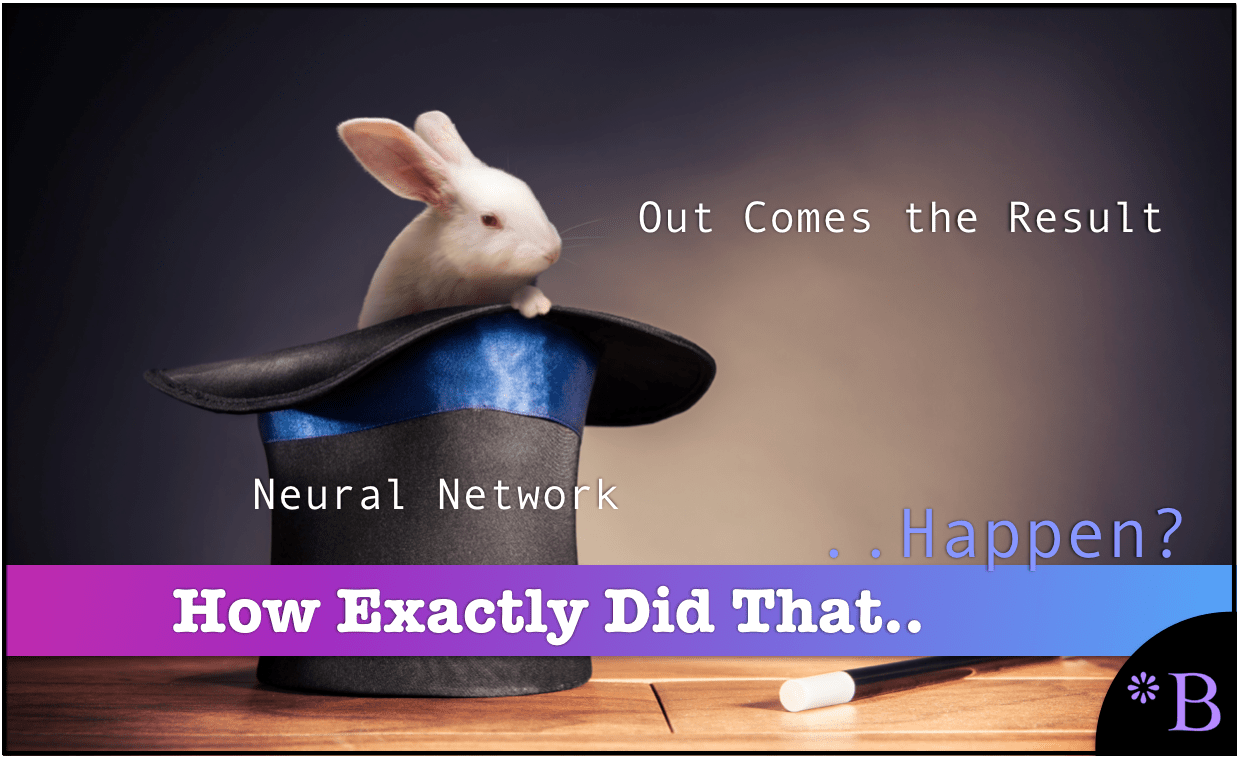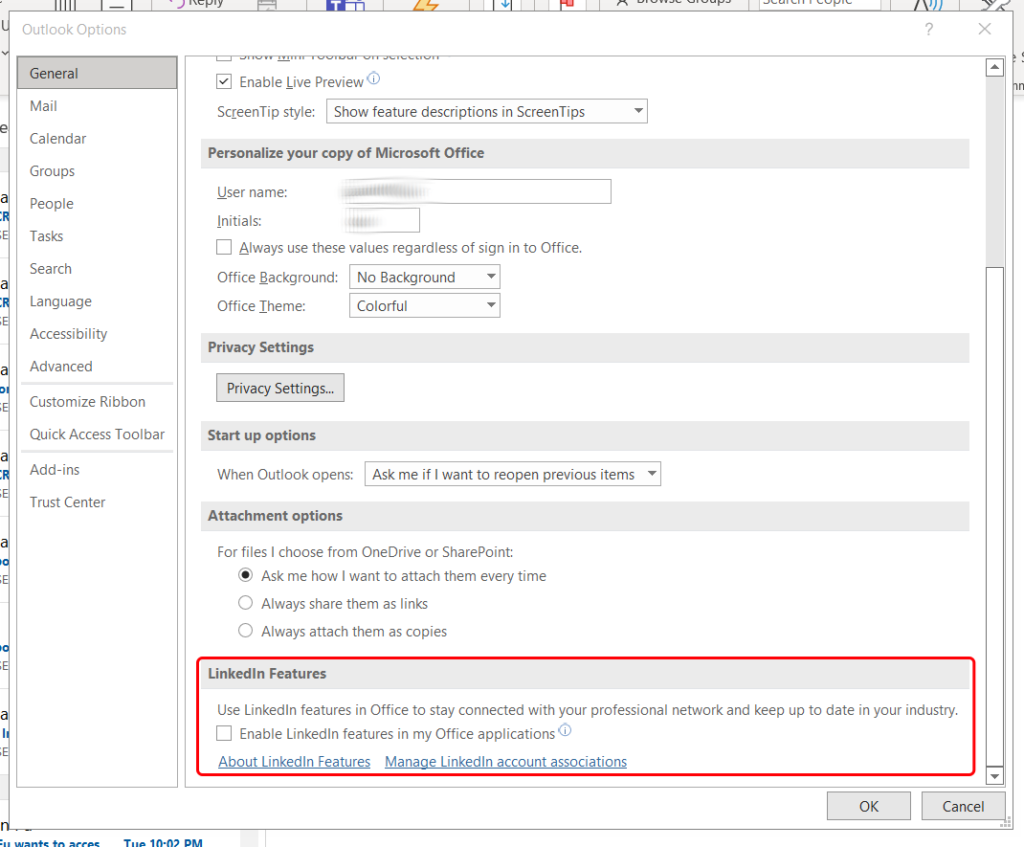Last night, in my continuing saga of playing Fallout 76, I finished all the main quest lines, and turned my attention to one of the first side quests that you’ll run into when starting the game. You meet a robot who is a Fallout version of a Boy Scout leader which starts a mission to become a “tadpole” scout. Turns out that this “mission” is really composed of about 9 parts, each of which has about 7-10 other parts, and you probably won’t even notice that the game adds a tracker for all of these steps in an obscure place without telling you, leaving you to wonder how to accomplish these things.
Many of the steps require things you’ll need to acquire that I still don’t have at level 190. At least one requires an item that is a rare drop in an infrequent event which I can’t solo. So there’s that. For reference, you unlock the 5th legendary perk slot of only 6 at level 200. So, even by the game’s standards, it would seem I’m fairly well along the path, yet I have a long way to go to finish something that started when I was in single-digit levels.
The point of this exercise is to acquire a better backpack. Like other MMO’s, you’ll be spending about half your time in inventory management, in some form or another. After leveling up, getting a few key perks, and grinding for some critical upgrades to your gear, an extra 45 pounds of carrying capacity goes much, much further than it normally would, so this is a really nice thing to try to obtain. The good news is that you only have to complete 3 of the initial badges to obtain it, and they can be any you feel like fooling with, but there are only about 5 that you can do without being, well, apparently a much higher level than me.
The “bad” news — or, the expected news, given that we’re talking about an MMO — is that completing three “tadpole” badges unlocks a whole new series of achievements in order to obtain “possum” badges. About 19 of them. All with 8-12 steps each. Many of which require… you guessed it… things you’ll need to acquire that I still don’t have, and have no idea how long they will take to obtain.
One thing that has become clear is that it’s time to launch a nuke. There are about 3 achievements that relate to it. I saw someone else comment on a forum that they didn’t do it till level 200. I get it now. I tried it once, and realized what a slog it is, and quickly set it aside. The mission continuously generates enemies until you traipse back and forth around the level and find the thing and unlock the other thing and finally enter a code. Normally, you would have to get the code by killing special enemies in the overworld and collecting the parts, but, thankfully, these codes are game-wide for a particular time period, and people figure them out and put them on a web site. Soloing this mission will require extreme sneaking to just avoid as many bad guys as possible, and I’ve got the perks and the Stealth Boys to try it now. I just wish I could stumble on a team that had some level-1,000 guy who was doing it to start the Scorchbeast Queen encounter, and just get the achievement by osmosis. But so far, no good.
So the net-net of all of this is that I’m trying to tick off about 300 different to-do’s off my list, in as efficient a manner as possible, to speed things up. You know… Do this while on the way to do that while using this and eating that and picking up these things to craft these other things… You get the idea.
A surprising amount of this activity is taken up with taking pictures of various creatures with the in-game camera. (As opposed to using the game’s photo mode for other achievements.) What I’ve noticed is that taking a picture of some animals now counts for multiple achievements, between the various “badges,” and the game’s “overworld” baseline achievements, which means I’m probably going to just walk around parts of the map where I can run into a bunch of particular kinds of creatures to photograph in one area. Oh, and be on the lookout for rare plants and mining deposits exclusive to that region.
Anyway, the point of writing this down is to note how similar this exercise feels when I’ve finished a major sub-project in my professional life, and start looking over my backlog in Pivotal Tracker, and trying to prioritize my next tasks. I realize that I’m looking over the list for ways to combine activities and push the lowest-hanging fruit to the top of the queue. And, suddenly, it dawns on me why, despite so many frustrations, I’m still drawn to MMO’s, and, at the same time, why they often feel like work to me.




